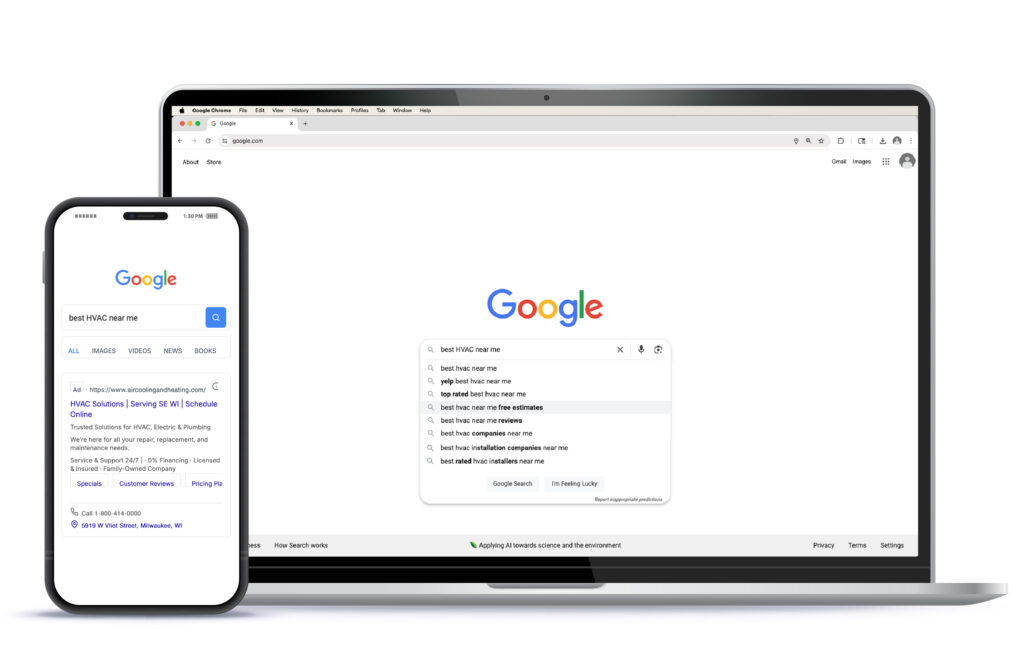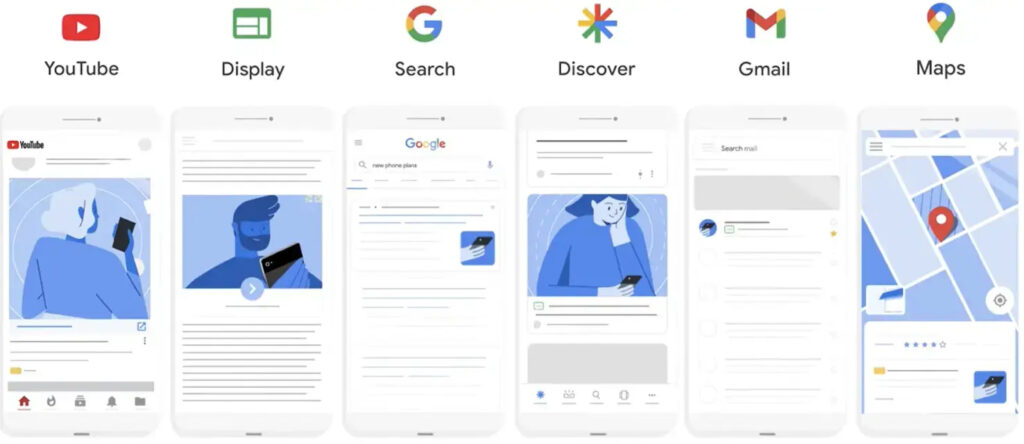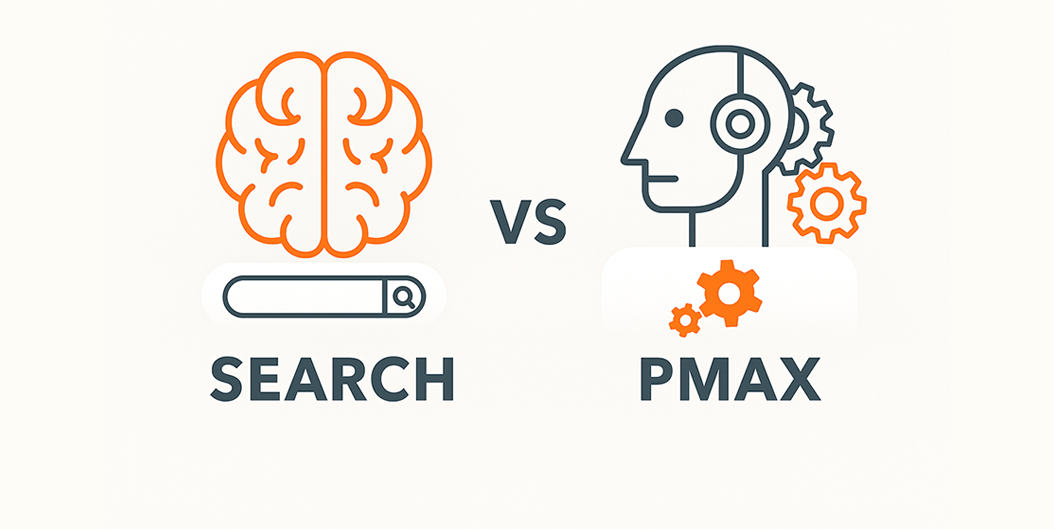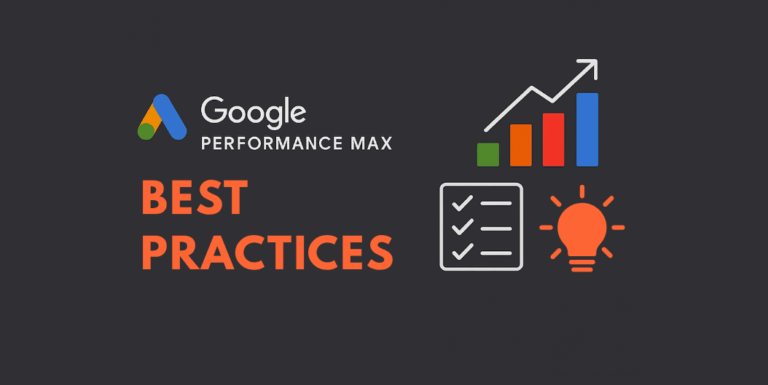Understanding Google Search vs. Performance Max: When to Use Each in Your Advertising Strategy
Google Ads has evolved significantly over the past few years. What started as strictly Google Search has grown into a suite of campaign types, including a relatively new favorite of Google’s: Performance Max. Positioned as a visual, engaging, and far-reaching campaign format, Performance Max (or PMax) is now a prominent option for advertisers.
In this post, we’ll break down how Performance Max differs from traditional Search campaigns, and when to use each, whether for your own business or for clients you support.
What Is a Traditional Google Search Campaign?
Google Search has been around for decades and has continually evolved with advancements in technology. At its core, the concept is simple: you open Google on your phone, tablet, or laptop, type in what you’re looking for, and—bam—sponsored ads appear, each vying for your attention and your business.
It’s a powerful way to own the top of search results, especially in a world where attention spans are shrinking. The benefits of traditional Search are undeniable. Whether you’re a scaling local business or a multinational brand, Google Search can:
- Drive qualified traffic to your website
- Capture customers from competitors
- Drive measurable business growth tied directly to your marketing goals
But while Google Search is a powerful tool, it’s strictly a bottom‑funnel channel. When someone types in “HVAC company near me” or “Italian restaurants in Milwaukee,” they already know what they want. They’re ready to make a decision.
What Search doesn’t do well is generate awareness or consideration. Search doesn’t build demand—it captures it. That’s where Performance Max steps in to expand awareness and consideration, especially for users not yet searching.

What Is Performance Max?
Launched in 2022, Performance Max was designed to help advertisers reach potential customers at every stage of the marketing funnel. These campaigns span across all of Google’s channels—including Search, Display, Gmail, YouTube, and Discovery—giving your ads broad exposure.
PMax runs on automation, leveraging smart bidding strategies like Target ROAS (Return on Ad Spend) or Target CPA (Cost per Acquisition). You can feed in your first-party data and audience signals to help Google’s AI deliver the right message, in the right format, at the right moment—whenever your customers are making decisions.
For example:
- A YouTube video ad might introduce your brand during the early research phase.
- A Gmail ad might show up at the top of their inbox as they start evaluating options.
- Finally, a Search ad could capture the final click when they’re ready to convert.
Rather than managing multiple campaigns for each touchpoint, Performance Max simplifies the process—letting one campaign adapt to multiple stages of the customer journey.

What You Need to Run Performance Max Effectively
Since its rollout, we’ve learned a lot about what drives PMax success. Here’s what you’ll need:
- A sufficient budget.
Budget plays a big role in giving the algorithm room to learn. If you’re limited financially, PMax may not get the momentum it needs to drive results & learn from performance data.
- High-quality creative—and lots of it.
Videos. Images. Multiple aspect ratios. Long-form and short-form. If you can’t supply a variety of creative assets, PMax simply won’t perform.
- Strong data and signal quality.
PMax relies heavily on the inputs you give it. That includes audience lists, customer match data, and even post-conversion data to feed back into the platform. Without a performance history or meaningful conversion data, the algorithm can’t optimize effectively.
Search vs. Performance Max: Key Differences
Let’s break down the core distinctions between these two powerful campaign types:
| Feature | Google Search | Performance Max |
| Targeting | Keywords | Search Themes + Audience Signals |
| Channels | Google Search | Search, Display, YouTube, Gmail, Discovery |
| Creative | Mostly text + optional images/logo | Videos, up to 20 images, multiple formats |
| Automation | Manual control | Automation, with strategic inputs |
| Best for | Precise intent, bottom-of-funnel | Full-funnel reach, from awareness to conversion |
Both offer distinct advantages, but it’s important to understand two key factors introduced with PMax.
- Keywords vs. Search Themes: Search campaigns rely on exact or phrase match keywords like “Italian restaurants in Milwaukee.” PMax, using broader “search themes,” might also surface for related terms like “top-rated Italian food downtown.”
- Control vs. Automation: If you want complete control over your ads, targeting, and bidding, Search is the way to go. If you’re comfortable letting Google’s algorithm handle much of the optimization (while you steer strategy and inputs), PMax opens up more possibilities.
So…Which One Should You Use?
Choose Performance Max if:
- You have a larger budget
- You can supply high-quality creative assets (especially video)
- You want to reach users at all stages of the funnel
- You’re open to automation and machine learning
Choose Google Search if:
- You’re working with a leaner budget
- You want full control over bidding, keywords, and targeting
- You already have other channels (like social, SEO, or email) generating awareness for your business
- You need to capture high-intent, bottom-funnel queries
In many cases, the most effective approach is a combination of both.
We often work with brands running both in parallel—Performance Max builds awareness and drives interest across Google’s full inventory, while Search campaigns ensure you capture high-intent queries with precision, using exact-match keywords aligned to your business objectives.
This approach ensures full-funnel coverage and helps prevent missed opportunities—whether a customer is discovering your brand for the first time or ready to convert.
Time to Amp Up Your Google Ads Strategy?
Whether you’re exploring Search and Performance Max, or refining your overall PPC approach, Gigawatt Media is here to help. We’ve successfully managed campaigns across a wide range of industries, budgets, and business goals—and we’ll tailor a plan that works for you.
Let’s talk about how we can power up your performance. Fill out the form below to get started.





